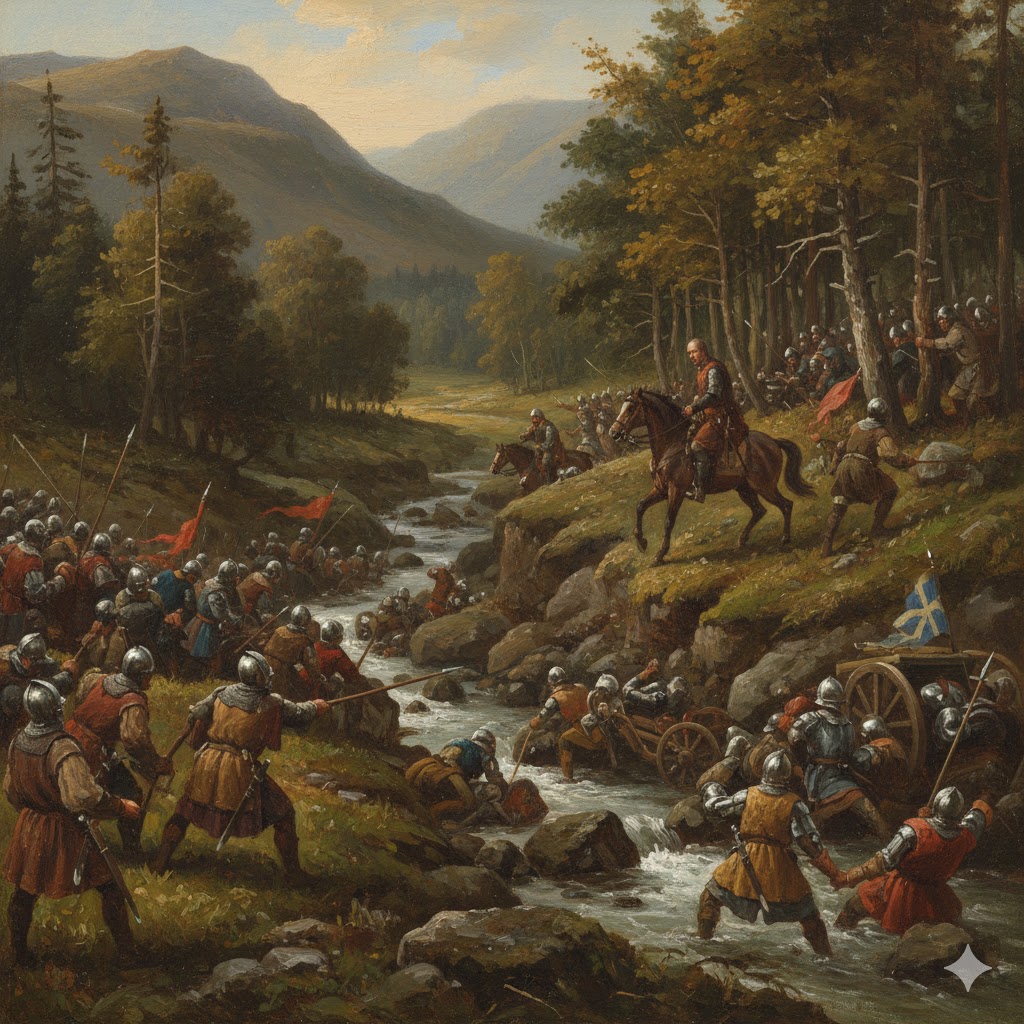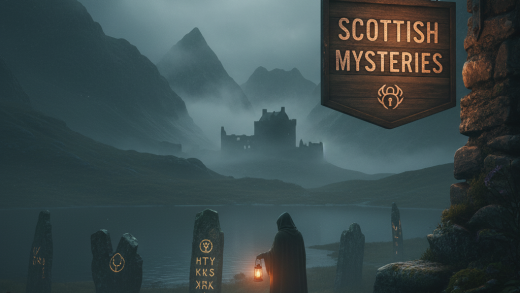
The Battle of Glen Trool: Robert the Bruce’s Ambush
The Battle of Glen Trool was a minor but significant engagement in the First War of Scottish Independence in April 1307. Having been crowned King of Scots in 1306 after the murder of his rival, John Comyn, Robert the Bruce was at war with King Edward I of England and his allies.
Bruce’s Return and the Ambush
Following defeats at Methven and Dalrigh in 1306, Bruce had been a fugitive. He reappeared in the spring of 1307, landing in his own earldom of Carrick (south-west Scotland) with soldiers from the MacDonald-controlled Isles. This area offered local support and remote terrain for protection, unlike the adjacent Galloway, which was hostile and controlled by the MacDougalls (Balliol supporters who had recently defeated Bruce’s brothers).
Alerted to Bruce’s presence, the English commander, Aymer de Valence, sent a raiding party to Glen Trool, a narrow glen with the loch flanked by steep hills—an ideal location for an ambush. Bruce utilized the terrain, specifically a narrow defile called the “Steps of Trool.”
As the English advanced single file, Bruce’s men, positioned on the steep slope, loosened large granite boulders with levers and crowbars, sending them crashing down. This was followed by arrows and a charge down the slope. The narrow path prevented the English from maneuvering or receiving support, leading to a decisive defeat for the raiding party. The dead English soldiers were buried at the head of the loch in a flat area known as Soldier’s Holm.
Lasting Significance
The success at Glen Trool was an important early morale boost. The following month, Bruce went on to win the more significant Battle of Loudoun Hill against the humiliated Earl of Pembroke (Aymer de Valence). Glen Trool proved Bruce’s ability to adapt, use the landscape, and employ tactical ambushes reminiscent of William Wallace. The victory is commemorated by Bruce’s Stone, a large granite boulder placed high above the northern shore of Loch Trool in 1929.
Discover more from WILLIAMS WRITINGS
Subscribe to get the latest posts sent to your email.




